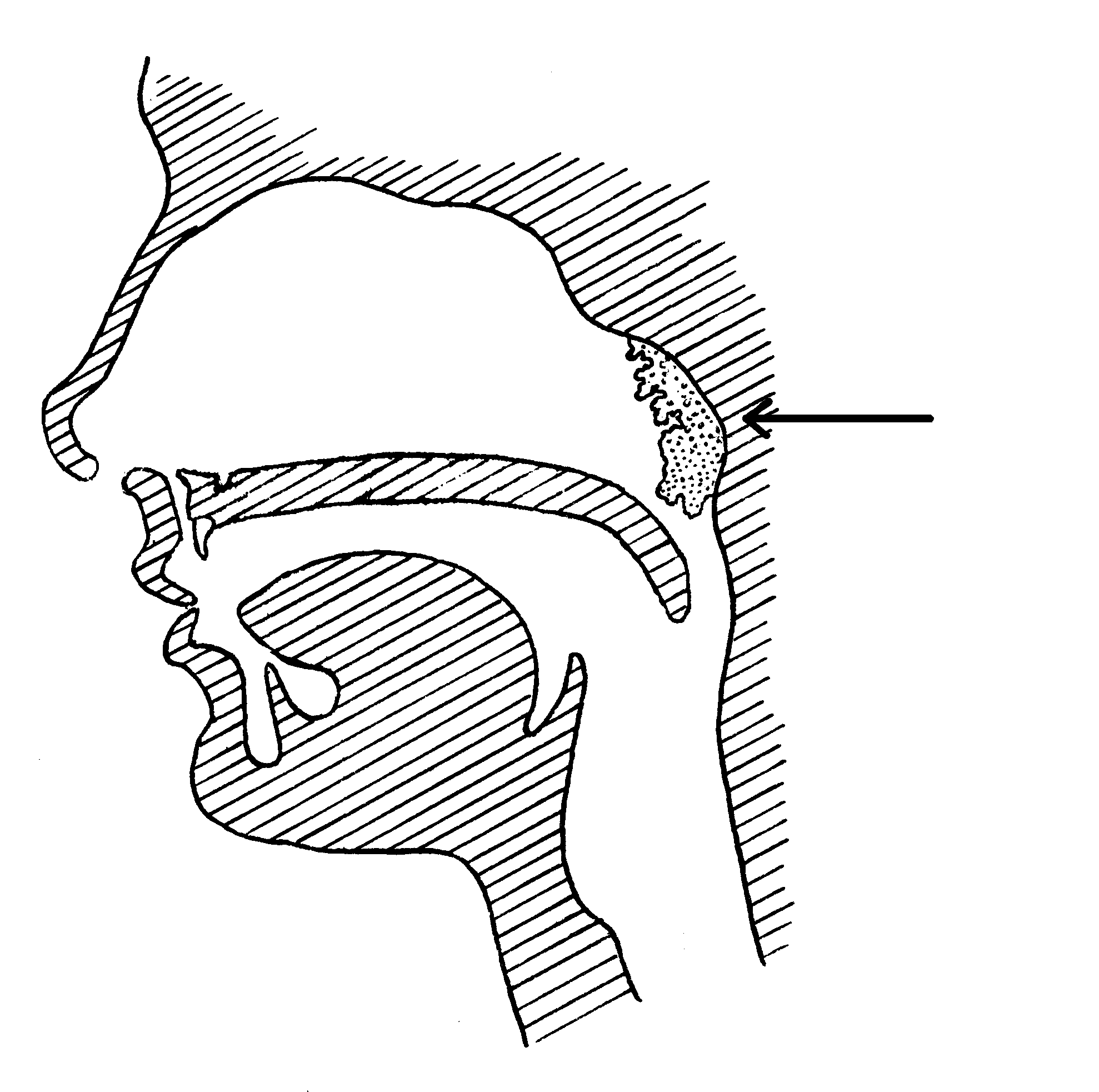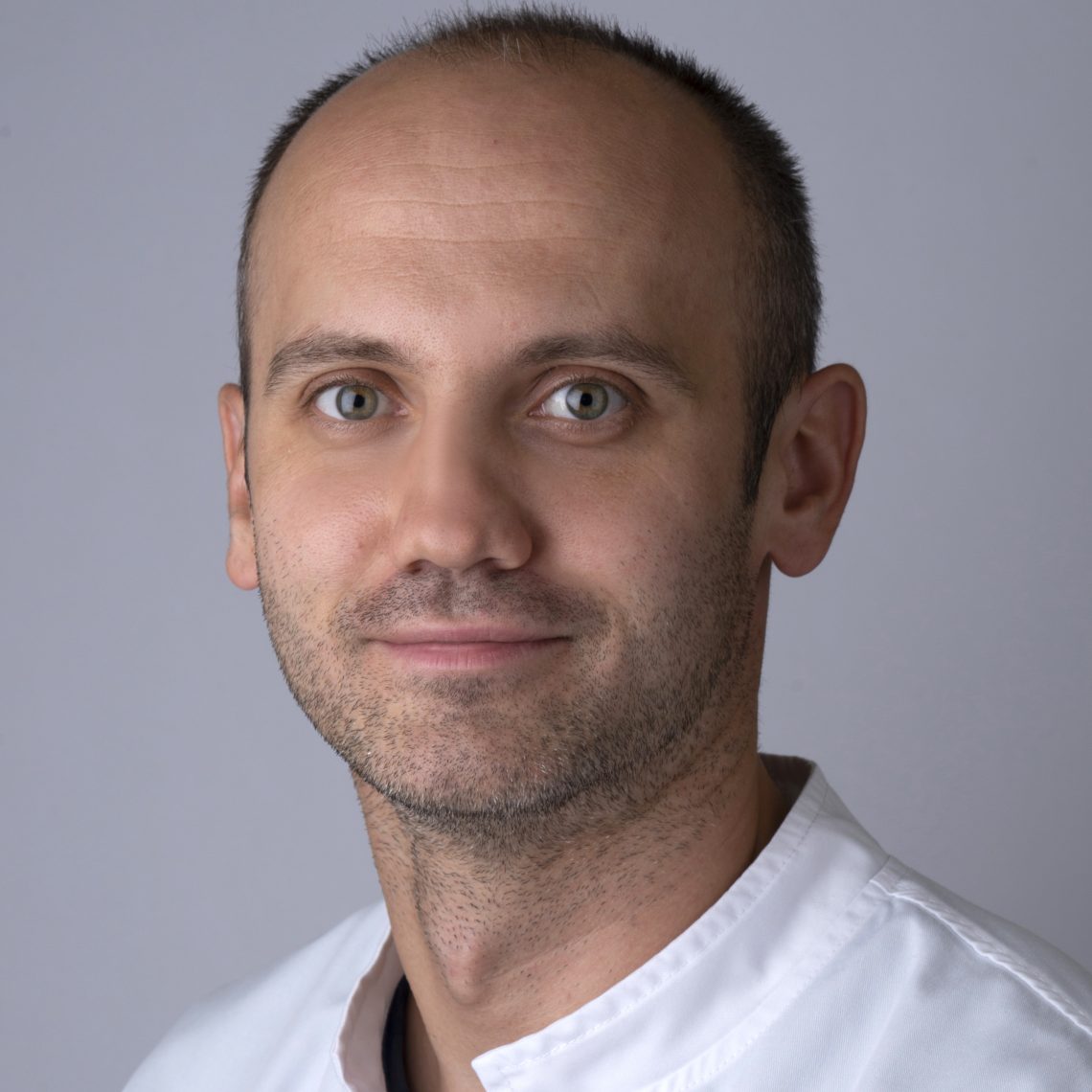Informacje o zabiegu
Adenoidectomy is a surgical procedure involving removal or incision of excess lymphatic tissue of the adenoid, also known as the third tonsilage. This treatment must be preceded by an examination carried out by the laryngologist. The specialist makes a diagnosis on the basis of characteristic symptoms associated with adenoid hypertrophy, as well as on the basis of posterior rhinoscopy (requiring using the ENT mirror) and anterior rhinoscopy. Sometimes the doctor decides on the endoscopic examination with the use of soft, flexible fibroscope inserted into the nasopharynx. After the diagnosis, the most appropriate treatment is selected. Indications for adenotomy are: significant reduction in nasopharynx permeability, serious difficulties in breathing through the nose, sleep apnea, snoring, adenoidal face, malocclusion, recurrent/chronic rhinotracheal inflammation and paranasal sinuses, chronic/recurring otitis media. The procedure is usually performed after three years of age, due to the frequent spontaneous evolution of lymphatic tissue (atrophy) in older children. The most preferred form of anaesthesia used in adenoidectomy is general anaesthesia. The patient falls asleep during the procedure, feels no pain at all and does not remember what happened during the operation. This is particularly beneficial for children. It reduces the stress associated with operating room and contact with medical staff. The execution time of adenoidectomy is short and varies between 20 and 30 minutes. The doctor with adenotom (a tool bent at the end in “U” shape) removes the third tonsil with one strong movement. After the structure has been cut out, the bleeding is usually insignificant and disappears spontaneously. The wounds do not need to be are sutured. It heals quite quickly. On the first days after surgery, a proper diet should be used to reduce very hot, sour and sharp food. The patient during the procedure and immediately after awakening is provided by professional medical staff, and supplied with painkillers. When the patient’s condition is good, it is possible to discharge home on the same day. However, a short-term hospitalization is most often required. Complications of the procedure are very rare. These include infection of the postoperative wound, prolonged bleeding, damage to structures in the vicinity of tonsils (very rarely), complications associated with anaesthesia.
Wskazania
- significant reduction in nasopharynx permeability
- serious difficulties in breathing through the nose
- sleep apnea, snoring
- adenoidal face
- malocclusion
- recurrent/chronic rhinotracheal inflammation and paranasal sinuses
- chronic/recurring otitis media
Przeciwwskazania do zabiegu
- diseases related to coagulation disorders e.g. (hemophilia)
- taking immunosuppressive drugs and blood thinners
- cleft palate
- active respiratory tract infection, increased body temperature
Przebieg zabiegu
The most preferred form of anaesthesia used in adenoidectomy is general anaesthesia. The patient falls asleep during the procedure, feels no pain and does not remember what happened during the operation. This is particularly beneficial for children. It reduces the stress associated with operating room and contact with medical staff. The execution time of adenoidectomy is short and varies between 20 and 30 minutes. The doctor with adenotom (a tool bent at the end in “U” shape) removes the third tonsil with one strong movement. After the structure has been cut out, the bleeding is usually insignificant and disappears spontaneously. The wounds do not need to be are sutured. It heals quite quickly.
Price:
3800 PLN
Korzyści z zabiegu
- cessation of snoring
- normal development of the bony face
- resolution of symptoms related to recurrent ear inflammation
- improved concentration and focus
Zalecenia po zabiegu
- reduce intake of food and drink during the first hours after treatment
- reduce intake of foods that are too hot, spicy and sour
- diet in the first days after surgery should be semi-liquid.
- reduce physical effort



